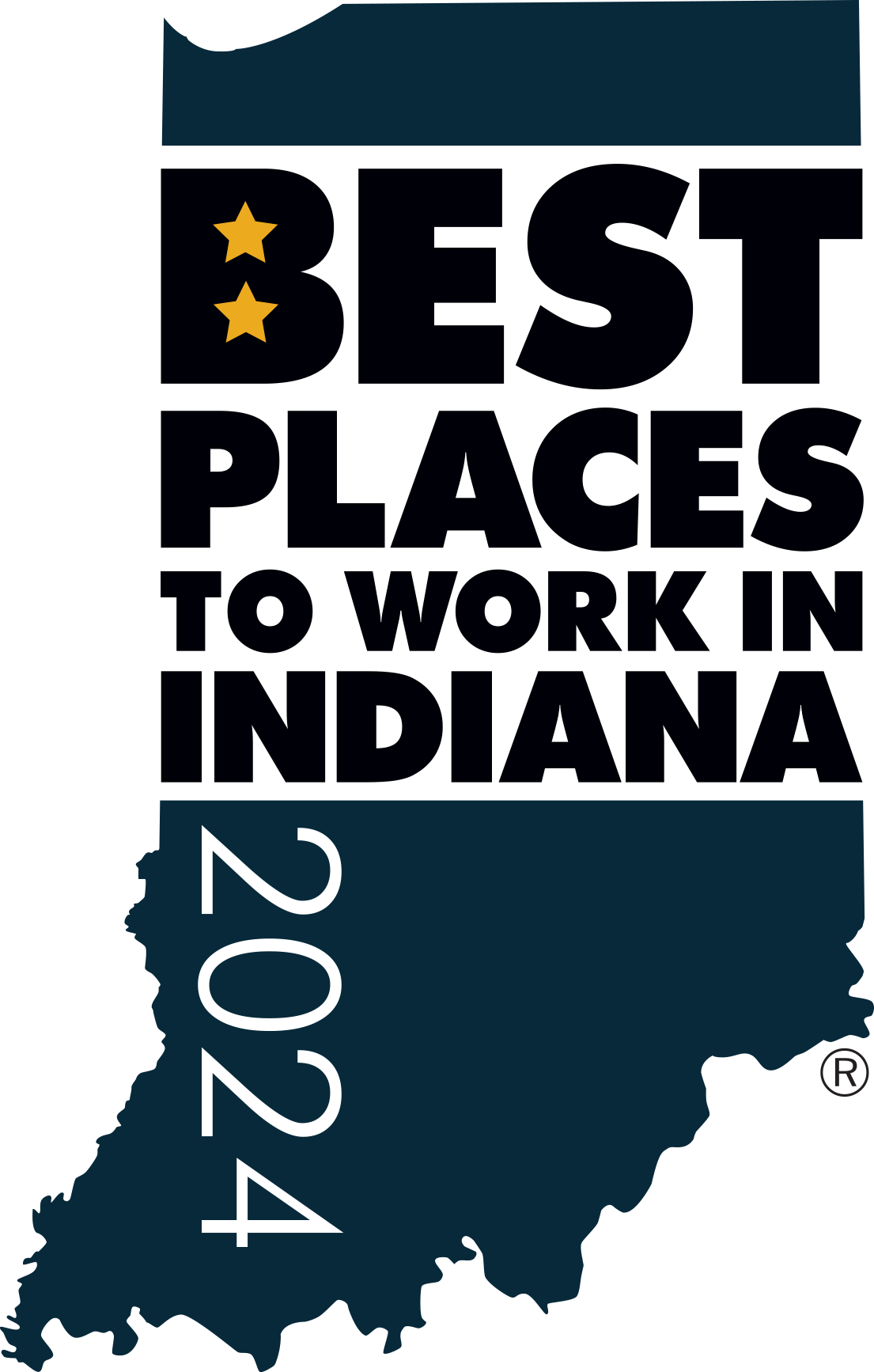Creating a Culture of Retention
Offices everywhere are full of eager employees poised for fresh starts! There is recharged enthusiasm for conquering previously unconquerable projects. Time with family and friends has allowed for the creation of elaborate dreams to assist in the accomplishment of elaborate goals. In corporations around the world, the New Year brings a revived optimism for all of mankind.
Amongst all of this joy and good cheer looms a rarely talked about issue that can wreak havoc on an organization…there are two times per year when individuals ponder the concept of a career change. One of those times?
You guessed it. The New Year.
The War for Talent
In most industries, the days of the Gold Rolex for 25 years of service have come to an end. Hoping your employees will stay with your organization out of sheer loyalty or to prove a resolute amount of intestinal fortitude is no longer the key to retaining the vital leaders within your team (or the future leaders waiting-in-the-wings). The war for top talent has created a pendulum effect that fluctuates between a candidate-driven and an employer-driven marketplace. Despite this pendulum, there are organizations that consistently secure and retain the best and the brightest and create a thriving culture that engages, enriches, and fulfills the employees within their walls. Coincidentally, these organizations are some of the most successful; for example, Southwest Airlines’ year-end results for 2010 marked the airline’s 38th consecutive year of profitability!
An organization like Southwest is not created by some magic elixir; they actually engage in best practices that are replicable. They have chosen to make a “culture of retention” a priority and to develop programs and initiatives that promote this core belief.
Whether you have just recently hired an essential player on your team or are dedicated to retaining the current team you have, the following are just three out of dozens of best practices that Sanford Rose Associates® has gathered from partnering and studying great organizations and great leaders around the world. Simply put – we know why individuals leave organizations, and we know why individuals will likely never leave an organization. We can provide additional insights and suggestions regarding your own culture and are ready to assist in design and implementation; please do not hesitate to contact us.
Clear and Quantifiable Career Paths
Seems relatively straightforward, right? Ask an individual what his or her next step is in their career, and they’ll more than likely share with you the specific title that is one rank above where they are currently. However, what would their answers be to questions like the following:
- What is your organization doing proactively to get you to that next step, or to train and equip you with the skills necessary to excel in that future role?
- Has the company outlined exactly what you need to do in order to take that next step? Do you think those are realistic milestones?
- What skill set, or sets, separate you from the individual you report to? Are you capable of filling those shoes? In what areas do you need additional experience in order to be qualified for that role?
If the answers to these questions aren’t clearly defined, it is reasonable to expect that quiet complacency will only last so long. Most tend to get stuck in the routine of performing a role – versus stepping back and looking at the big picture of how to remain a viable asset to the organization. There might be a gap between what they are capable of doing currently, and what they need to know in order to advance – but nothing is being done to bridge that gap. There might be critical limitations in place in terms of the department, the scheduled growth of the company, or even with the skills and capabilities of the individual performers.
Invite your key employees to proactively play a role in the development of their careers – as opposed to sitting back and patiently waiting for someone else to train them, promote them, and shape their futures. Think about the critical members of the team; the more difficult an employee is to replace, the more dedicated the effort should be to challenge, inspire, and lead that individual’s development.
Now, what if a next step does not exist? What if an individual truly is limited by the available layers above them? Do not wait for that realization to come to them; be creative in offering alternative paths, or innovative challenges, or new responsibilities. Most people do not realize the circumstances prohibiting them from career advancement – until they do.
Consistent Reviews and Feedback
The end of the year is commonly associated with reviews and (possible) financial raises. Because these two seem to go hand-in-hand, most employees sitting through an evaluation are probably thinking “How is this review going and how does it impact the bonus or raise that I believe I deserve?” They tend to be focused more on the financial implications of the feedback than the feedback itself. In addition to separating these two events, consider shifting the entire dynamic of the evaluation process.
Instead of sharing immediate feedback, consider seeking first to understand that individual’s perspective.
- How do you feel about your progress to date? Are you where you thought you would be?
- How have your responsibilities changed and evolved as you’ve grown in this past year, as opposed to a year ago? What are you taking on now, that you weren’t able to previously?
- How are you limited? How could we (as a team or as a department) help you overcome those limitations?
- In the past year, what achievements are you most proud of?
- Atwhat point in your career were you most challenged? What circumstances were at play at that time to challenge you, and how can we replicate that in the coming year?
- Who is your mentor? Who pushes you to be more, learn more, accomplish more, take on more, and grow more?
- Given your strengths and talents, how do you think you could use those to serve, or to help, others or our organization?
Asking questions rather than simply telling feedback will allow a manager to learn that individual’s perspective, which can help effectively guide the person’s thought process in the right direction. If you tell someone what you think, it can be met with skepticism. Instead, ask questions to help them arrive at the conclusion on their own. This not only allows them to play an active role in shaping their career, but take responsibility for areas of improvement and creatively stretch themselves in areas you may not have thought of. The purpose here follows the proverb of ‘give a man a fish and he’ll eat for a day; teach him how to fish and he’ll eat for a lifetime.’ You want to instill in your team not just the right perspectives, but the ability to understand the mindset behind arriving at those perspectives.
Two-Way Street Leadership
Not only should every individual create an annual professional plan that highlights what the organization can count on from them, but it should be made abundantly clear what they need from the organization. It is the role of any leader to serve the team around them, but without asking tough questions and being able to receive the honest responses, this open dialogue will rarely exist organically. To create this type of experience and environment, a leader needs to extend a proactive invitation on a consistent basis. The underlying fear that is not commonly discussed? This open dialogue will result in a long list of new initiatives, programs, and work. With the overloaded plates of most leaders, it is easier to hope the issues solve themselves. The irony is that the complacency of an employee can be mirrored by the complacency of the manager, until such time as at least one individual is open to taking the step to create alternative solutions.
Creating a “culture of retention” is a journey, not a destination! Building a clearly defined career path for each employee, constantly evaluating progress based on measurable milestones, and crafting an environment of constructive feedback is just one step in that journey.
For those of you curious as to the other time each year when individuals ponder the concept of a career change? The answer is on their birthday – hence why we suggest giving each employee a hand-written birthday card!
Finding People Who Make a Difference®
If you have the dream team for 2012 already hired, Sanford Rose Associates® can help you retain that team. If your dream team needs some work, calling SRA should be the first New Year’s Resolution you make!
“Finding people who make a difference®” is the goal of every search assignment conducted by Sanford Rose Associates®. Sanford Rose Associates® executive search consultants have in-depth industry specific knowledge and take the time to understand their clients’ needs and unique culture. Finding the candidate who not only possesses the requisite skills for a position, but is also a “cultural fit” is crucial. The proprietary Sanford Rose Associates® Dimensional Search® process allows our search consultants to drill deeper and match (1) the client’s expectations for the position with those of the candidate, (2) the technical requirements for the position with the candidate’s education and background, (3) the candidate’s experience and personality with the company’s culture, (4) the chemistry between the hiring manager and the candidate, and (5) the candidate’s experience and prior results with the client’s expectations for the major, measurable initiatives of the position. Engaged employees can play a tremendous part in the growth and success of a company, and for more than 50 years, Sanford Rose Associates® has been committed to “Finding people who make a difference®” for its clients.
—Karen Schmidt

